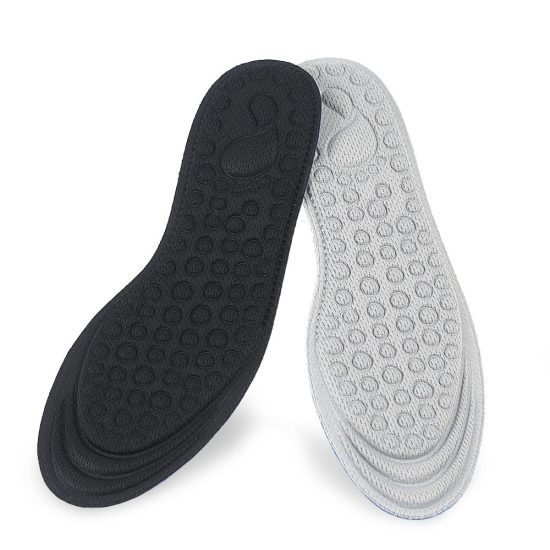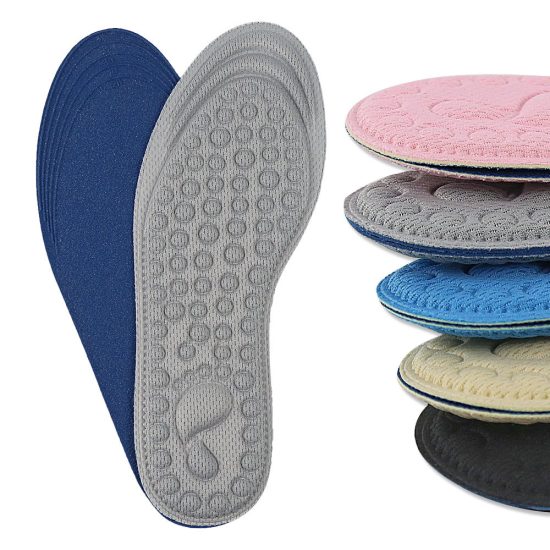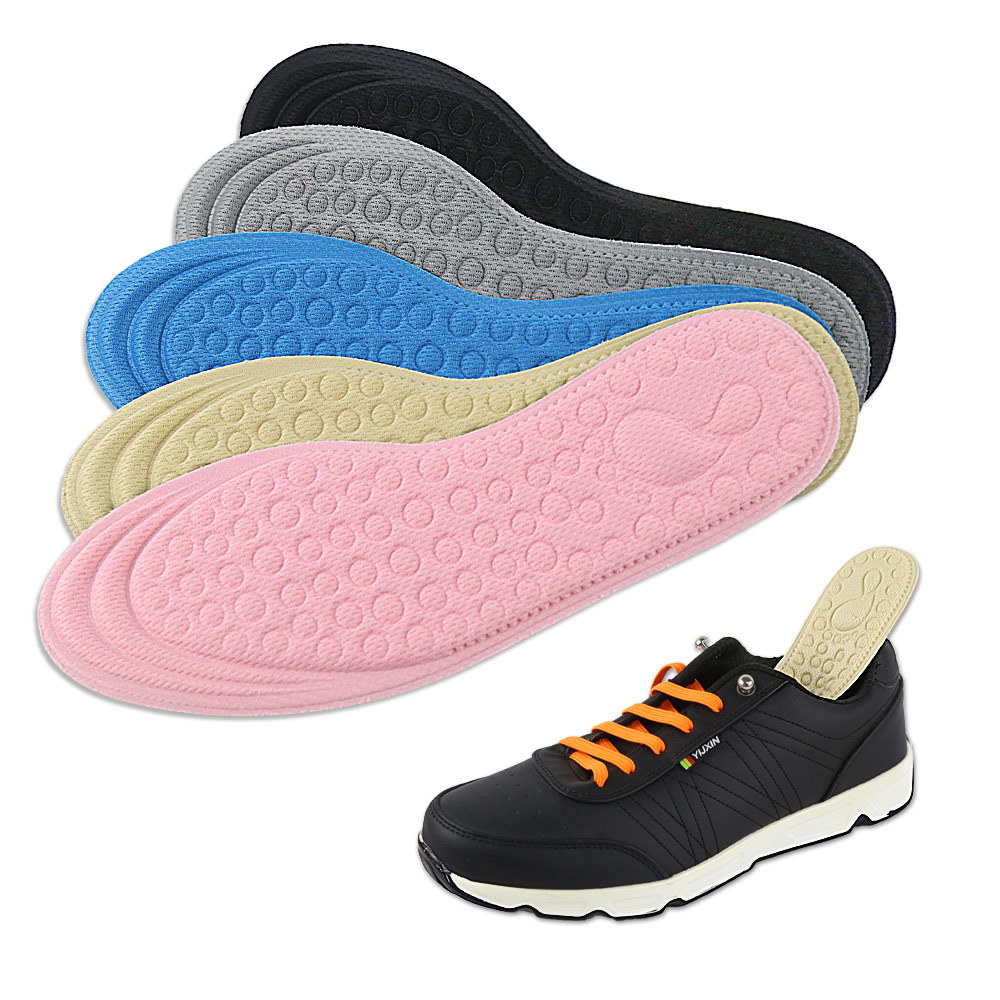Firstly, shoe insoles can improve proprioception, which is the ability to sense the position, movement, and orientation of the body. This can enhance balance and stability by providing the wearer with better feedback about the foot’s position and movement, which in turn can help the brain to adjust and control the body’s posture.
Secondly, shoe insoles can provide additional cushioning and shock absorption, which can reduce the impact of landing and improve the stability of the foot. This can be particularly beneficial for individuals who engage in high-impact activities or who have conditions that affect the foot’s structure, such as flat feet or high arches.
Thirdly, shoe insoles can correct the alignment of the foot and ankle, which can help to improve balance and stability. For example, if an individual has overpronation (where the foot rolls inward excessively), a shoe insole can provide support to the arch and help to realign the foot, which can improve balance and reduce the risk of injury.
Overall, the impact of shoe insoles on balance and stability depends on several factors, including the type of insole, the individual’s foot structure and condition, and the activity being performed. It is important to consult with a healthcare professional or a trained specialist to determine the most appropriate type of insole for an individual’s needs.



